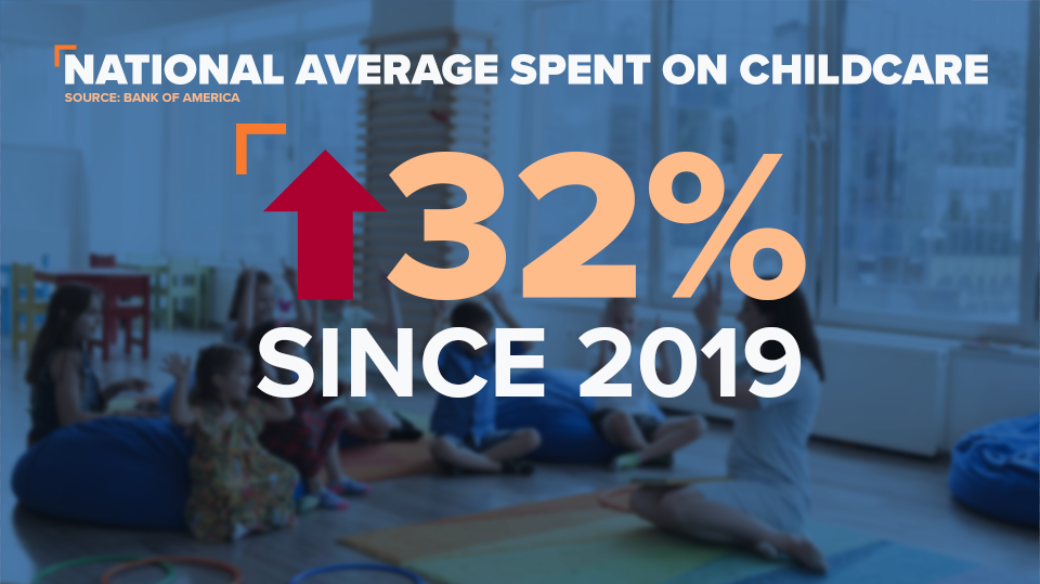CHICAGO (NewsNation) — It has been a month since billions in federal child care relief expired, and the situation is getting tougher each day for parents and providers.
Child care costs are skyrocketing, leaving providers with no choice but to raise their prices or close their doors.
The situation is putting a huge strain on parents who have already been struggling to afford child care, forcing some to quit their jobs.
“For my two boys, it’s about $3,000 a month,” Julia Foley, a mother of two, said.
Foley said it costs her family about $36,000 a year to send her children to day care.
“I would literally be working just for child care,” Foley said.
She is in the same predicament as thousands of parents across the nation: Either give up your career, try to find a job where you can work from home or forget having a family altogether.
The Biden administration has already requested an additional $16 billion in new child care relief, but Congress has yet to sign off on it.
New data from the Bank of America Institute revealed that families in the U.S. are paying over 30% more for child care than in 2019.

Carly Adames, an early childhood consultant, said if a family decides to have a second child, and both those kids are under 5 years old, it’ll cost the parents anywhere between $4,000 to $5,000 a month just for the two children enrolled in preschool and child care.
“They’re basically punished for starting a family,” Adames said.
The loss of federal funding is not only putting a strain on parents but also on child care companies, too.
The Century Foundation projected that the end of federal relief could influence the closure of 70,000 child care providers, affecting more than three million children.
“You really have to think about child care as a piece of critical infrastructure. It’s even more important than roads and bridges in terms of getting parents to work,” Alicia Modestino, an associate professor at Northeastern University, said.
Some parents are searching for remote jobs that allow them to earn extra income while they take care of their kids.
However, these jobs often fall short of their needs.
“The longer-term impacts for us are really that people are not being able to reach their full potential,” Modestino said. “Folks are not going to be able to put their skills, time and talents to work to be doing the kinds of things that they’d be most productive at.”
As states await news on whether Congress will provide additional federal funding, some states — like Alaska and Vermont — have taken matters into their own hands by offering additional funds for child care.
In other states, like Minnesota, more than a billion dollars has been approved for child care relief funds.
